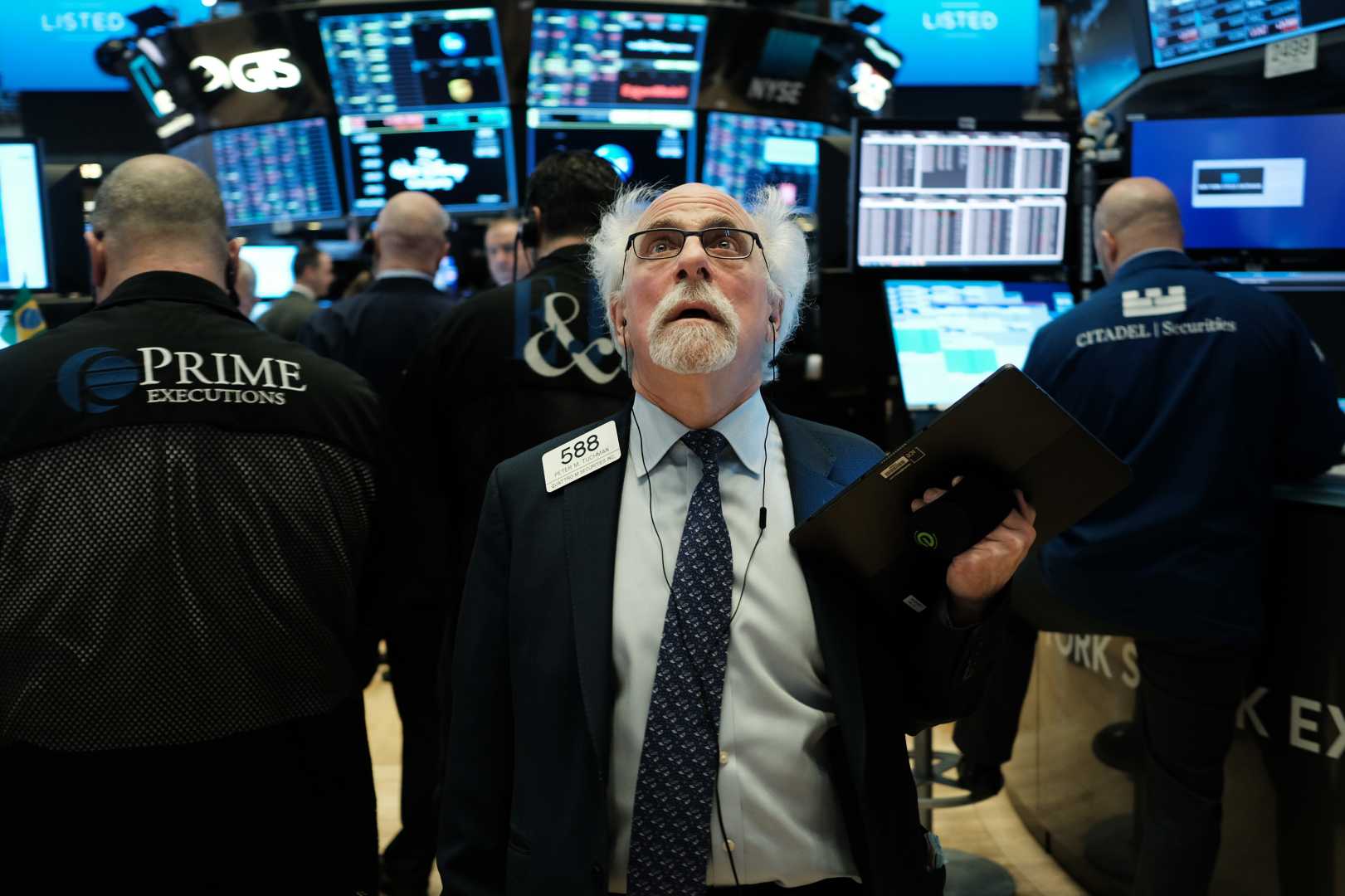Business
Wall Street Reacts to Earnings Reports Amid Tariff Concerns

NEW YORK, U.S. — With over half of second-quarter earnings reported, investors are feeling reassured as stocks hover near record highs, despite concerns over tariffs and economic growth. As of Thursday, 297 of the S&P 500 companies had reported, indicating an estimated year-on-year earnings growth of 9.8% for the second quarter, a rise from 5.8% growth anticipated earlier in July, according to LSEG data.
Investors are keenly awaiting results from major constituents of the Dow Jones Industrial Average, including Disney, McDonald's, and Caterpillar, which are expected to provide further insights into the broader economy. Strong earnings from these firms could help propel the Dow to new heights, as it trades just below its December record.
A significant 81% of companies have outperformed analyst earnings expectations, surpassing the 76% average seen in the past year. ‘The earnings season has been unambiguously better than expected,’ said Art Hogan, chief market strategist at B. Riley Wealth in Boston.
Investor sentiment is particularly optimistic following the strong corporate earnings reported last quarter, especially those connected to the artificial intelligence market. Hogan noted that the strength in tech and AI sectors is currently driving market performance. ‘We’re at maximum equity exposures and we’re comfortable there,’ he added.
Concerns earlier this year regarding competition from Chinese-founded AI startups caused some investor apprehension, prompting many to reduce equity exposure in riskier growth stocks. Despite a recent market rebound, with the S&P 500 up about 6% year-to-date, institutional investors remain cautious, sitting at only modestly overweight equity positions, per Deutsche Bank estimates.
Analysts believe the positive earnings from AI and tech firms may attract more investors, potentially lifting markets in the weeks ahead. Hogan stated, ‘If you are trying to beat your benchmark and you were underweight any of the AI names, you have to chase them.’
While the S&P 500 enjoyed a 2.2% gain in July, the impending months of August and September are typically marked by volatility. Historically, stock market fluctuations peak in October, and investors might see some short-term turbulence, especially after a sell-off linked to disappointing jobs data.
On the first trading day of August, stocks dropped sharply as new tariffs and weak job data weighed heavily on market sentiment. The Dow Jones Industrial Average fell by 542.40 points, or 1.23%, finishing at 43,588.58. The S&P 500 dropped 101.38 points, or 1.60%, closing at 6,238.01, while the Nasdaq Composite decreased by 472.32 points, or 2.24%, settling at 20,650.13.
Next week, numerous financial and service reports will be released, including Factory Orders and trade balance data, while key companies like Palantir, AMD, and Pfizer will report their earnings. Investors are expected to closely monitor these developments for signs of economic health.












